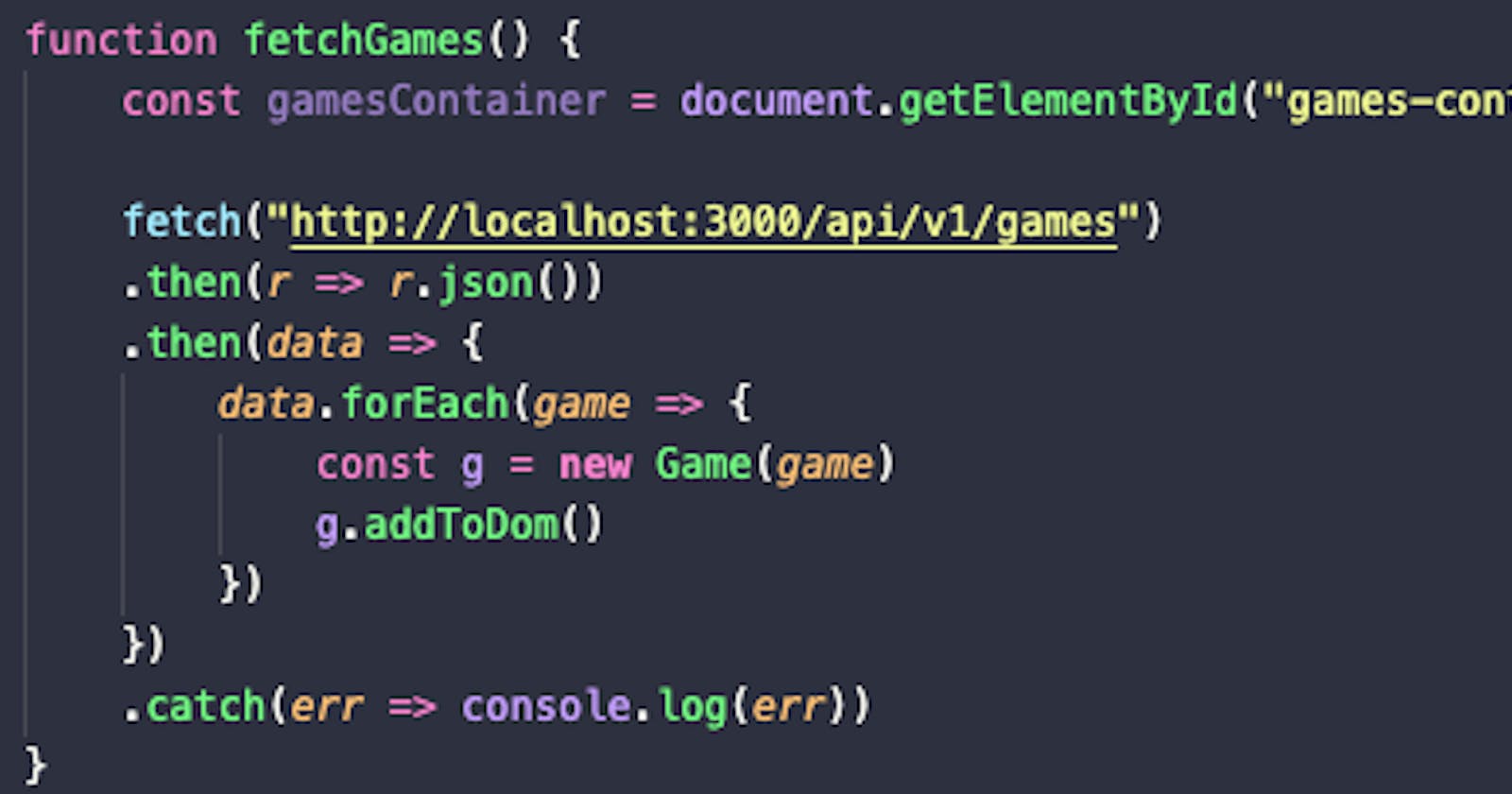Unleashing the Power of the Fetch Statement in MERN Stack Backend Development: A Comprehensive Guide
Introduction:
In the dynamic realm of MERN (MongoDB, Express.js, React, Node.js) stack development, the fetch statement emerges as a versatile tool for making HTTP requests. This comprehensive guide aims to delve into every aspect of the fetch statement in the context of MERN backend development, covering its fundamentals, use cases, best practices, and advanced techniques.
Understanding the Fetch Statement:
Introduction to Fetch:
- The
fetchstatement is a modern JavaScript API that provides an interface for making network requests. It is commonly used in both frontend and backend development to interact with APIs.
- The
Promises and Asynchronous Nature:
fetchreturns a Promise, making it asynchronous. Understanding how to handle Promises and leverage the asynchronous nature offetchis crucial.
Fundamentals of Fetch in MERN:
Basic Syntax:
- Unraveling the basic syntax of the
fetchstatement, including the URL and various options that can be provided.
- Unraveling the basic syntax of the
HTTP Methods:
- Exploring the versatility of
fetchby utilizing different HTTP methods such as GET, POST, PUT, DELETE, and understanding their application in MERN backend development.
- Exploring the versatility of
Headers and Payload:
- Configuring headers for requests, including authorization, content type, and handling payloads for POST and PUT requests.
Use Cases in MERN Stack Backend:
API Communication:
- Leveraging
fetchto communicate with APIs, whether it be a third-party service, external database, or other microservices within the MERN stack.
- Leveraging
Data Fetching and Rendering:
- Utilizing
fetchto retrieve data from the backend and dynamically rendering content in React components.
- Utilizing
CRUD Operations:
- Implementing Create, Read, Update, and Delete (CRUD) operations using
fetchto interact with the MongoDB database through the Express.js backend.
- Implementing Create, Read, Update, and Delete (CRUD) operations using
Advanced Fetch Techniques:
Handling Response Data:
- Parsing and extracting data from the response using various methods, including JSON parsing, text extraction, and dealing with different content types.
Error Handling:
- Implementing robust error handling strategies with
fetch, including checking for network errors, HTTP error status codes, and providing meaningful error messages.
- Implementing robust error handling strategies with
Concurrency and Parallel Requests:
- Managing concurrency and making parallel requests with
fetchto optimize data retrieval and enhance application performance.
- Managing concurrency and making parallel requests with
Integration with Express.js:
Setting Up Express Routes:
- Configuring Express.js routes to handle
fetchrequests, including route parameters, query parameters, and request body parsing.
- Configuring Express.js routes to handle
Middleware Integration:
- Incorporating middleware functions in Express.js to preprocess
fetchrequests, perform authentication checks, and enhance security.
- Incorporating middleware functions in Express.js to preprocess
Optimization Strategies:
Caching Mechanisms:
- Implementing caching strategies in both the frontend and backend to optimize the use of
fetchand reduce unnecessary data transfers.
- Implementing caching strategies in both the frontend and backend to optimize the use of
Compression Techniques:
- Utilizing compression techniques in Express.js to minimize response size and enhance performance when handling
fetchrequests.
- Utilizing compression techniques in Express.js to minimize response size and enhance performance when handling
Security Considerations:
Cross-Origin Resource Sharing (CORS):
- Navigating CORS challenges when making
fetchrequests across different origins, understanding server configurations, and handling CORS-related issues.
- Navigating CORS challenges when making
Authentication and Authorization:
- Implementing secure authentication mechanisms and authorization checks in both the frontend and backend to control access to sensitive resources.
Real-world Examples and Best Practices:
Integrating with React Components:
- Real-world examples of integrating
fetchwith React components, managing state, and updating the UI based on the fetched data.
- Real-world examples of integrating
Code Organization:
- Best practices for organizing and modularizing
fetchcode to ensure maintainability, readability, and scalability in MERN stack projects.
- Best practices for organizing and modularizing
Conclusion:
The fetch statement in MERN stack backend development stands as a linchpin for seamless communication between the frontend and backend components. This comprehensive guide has covered every facet of the fetch statement, from its fundamentals to advanced techniques and best practices. Armed with this knowledge, developers can harness the full potential of fetch in MERN stack applications, ensuring efficient, secure, and performant interactions between the frontend and backend components.
Thank you for your time. Hope to see you in the next article.

